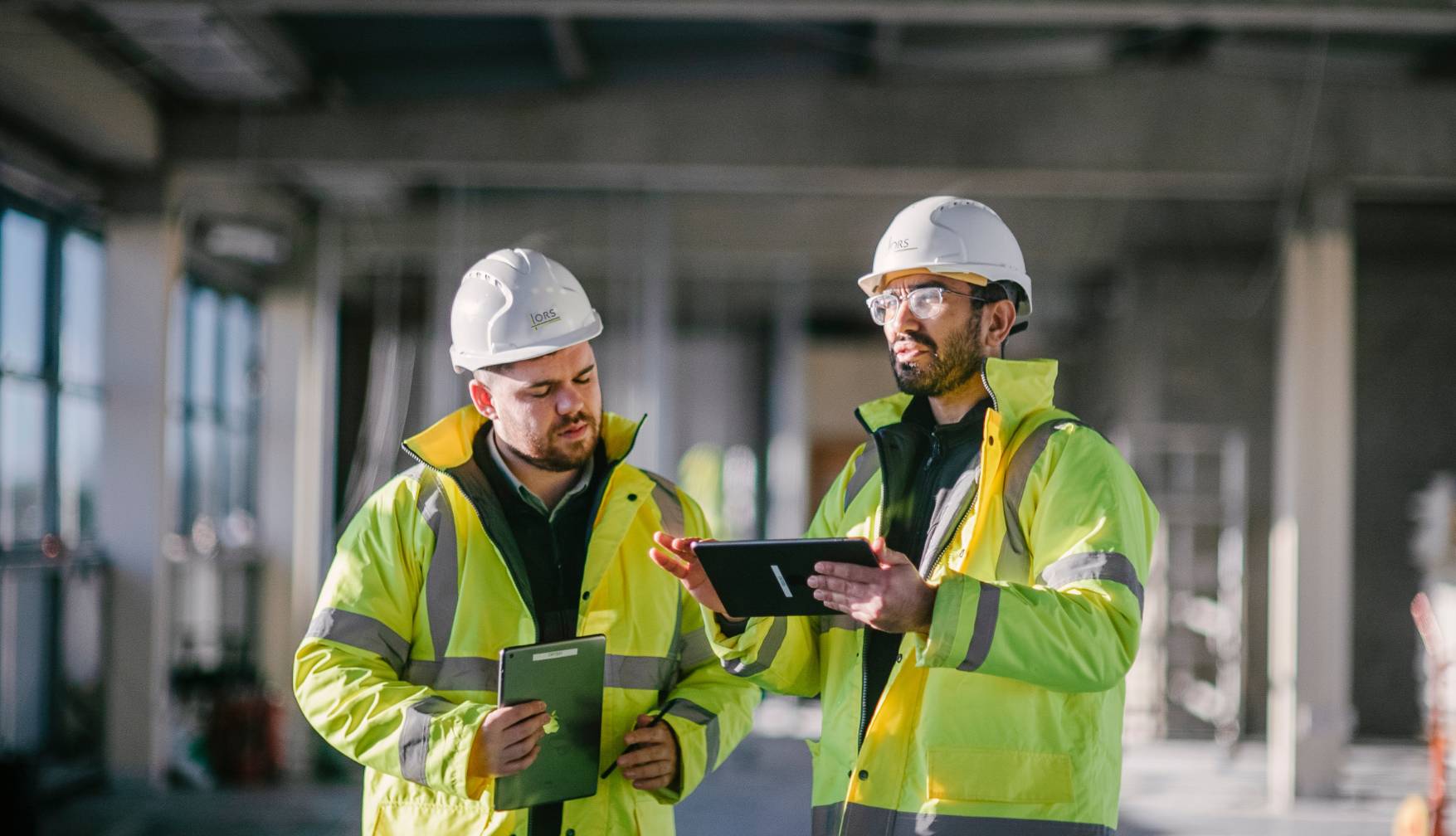Understanding Part L Compliance in Ireland: A Guide for Building Owners

In Ireland, ensuring energy efficiency in buildings is not just a choice but a legal requirement. Part L of the Building Regulations introduced by the Department of Housing, Local Government, and Heritage outlines the standards for energy performance and conservation in both new and existing buildings. Part L is sometimes also referred to as nZEB (Nearly Zero Energy Buildings).
Whether you’re a homeowner, a property developer, or a building professional, compliance with Part L/nZEB is essential to meet the country’s energy efficiency goals and reduce carbon emissions.
What is Part L/nZEB Compliance?
Part L of the Building Regulations focuses primarily on the conservation of fuel and energy. It sets out requirements for the energy performance of new and existing buildings undergoing major renovations. Some of the areas covered under Part L are building fabric performance (U-Values, thermal bridging, air permeability), ventilation strategies, space heating & hot water systems, artificial lighting, and control systems. There is also a requirement for the use of renewable energy sources. Compliance with Part L aims to minimise energy consumption, reduce greenhouse gas emissions, and promote sustainable building practices.
Key Requirements of Part L
- Insulation and Thermal Performance: Adequate insulation is crucial for minimising heat loss and improving energy efficiency. Part L specifies requirements for insulation levels in building fabric to enhance thermal performance.
- Air Tightness: Buildings must demonstrate effective air tightness to minimise drafts and heat loss. Part L sets air permeability levels and requires air tightness testing to verify compliance.
- Renewable Energy: Part L encourages the use of renewable energy sources to meet a portion of a building’s energy demand (20%). This can include the installation of solar panels, heat pumps, biomass boilers, and other sources onsite or nearby.
- Heating Systems: Part L sets standards for the use of efficient heating systems to be used for space and hot water in the building. It promotes the use of high-efficiency systems to minimize energy consumption.
- Ventilation: Part L outlines requirements for ventilation types & systems to ensure adequate airflow while minimizing heat loss and energy usage.
- Lighting: The use of low-energy lighting is a key aspect of Part L and achieving compliance.
Compliance Process
Achieving Part L compliance involves several steps:
- Design Stage: Building designs must incorporate energy-efficient features and comply with Part L requirements from the outset. The use of Dwelling Energy Assessment Procedure (DEAP) & Non-domestic Energy Assessment Procedure (NEAP) software is critical to displaying Part L Compliance within a building design.
- At the construction stage, best practices should be adhered to the approved designs and specifications outlined in Part L. Attention to detail during the construction phase is crucial to achieving energy performance targets.
- Upon completion, buildings may undergo testing, including air tightness testing and a BER (Building Energy Rating) assessment, to verify compliance with Part L. A BER certificate is issued to demonstrate compliance with energy performance standards.
- Occupancy and Maintenance: Building owners are responsible for maintaining energy-efficient systems and monitoring energy usage to ensure ongoing compliance with Part L. Regular maintenance and servicing of heating, ventilation, and other systems are essential to optimising the energy performance of the building during its lifetime.
Benefits of Part L Compliance
Compliance with Part L offers numerous benefits:
- Energy Savings: Energy-efficient buildings consume less energy, resulting in lower utility bills for occupants.
- Environmental Impact: Reduced energy consumption leads to lower carbon emissions, contributing to environmental sustainability.
- Comfort and Well-being: Well-insulated buildings with efficient heating and ventilation systems provide a comfortable indoor environment for occupants.
- Regulatory Compliance: Achieving Part L compliance ensures adherence to legal requirements and regulatory standards, reducing the risk of penalties or fines.
Conclusion
Part L compliance is essential for promoting energy efficiency and sustainability in the Irish building sector. By adhering to the regulations outlined in Part L, building owners and developers can contribute to a greener future.
For more information and guidance on Part L compliance, please contact the Energy Management Team at ORS.
